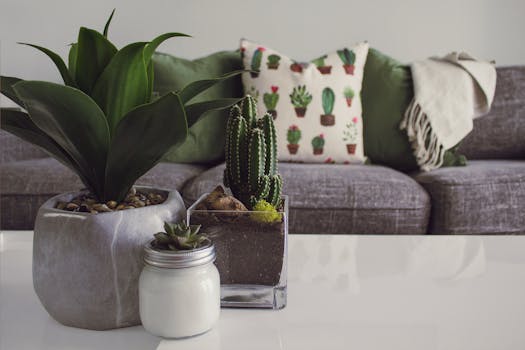Creating Harmonious Decor with Color Wheel Shades
Color plays a pivotal role in interior design, influencing mood, perception, and even behavior. One effective strategy for achieving a cohesive and aesthetically pleasing decor is to combine shades that are close to each other on the color wheel. This technique, known as analogous color schemes, utilizes a maximum of three main colors to create a harmonious environment. In this article, we will explore the principles of using analogous colors, provide practical examples, and offer tips for successful implementation.
Understanding the Color Wheel
The color wheel is a visual representation of colors arranged according to their chromatic relationship. It consists of primary colors (red, blue, yellow), secondary colors (green, orange, purple), and tertiary colors (combinations of primary and secondary colors). When selecting colors for your decor, focusing on shades that are adjacent to each other on the wheel can yield a soothing and unified look.
The Benefits of Using Analogous Colors
Choosing colors that are close together on the color wheel offers several advantages:
- Visual Harmony: Analogous colors naturally complement each other, creating a sense of balance and tranquility.
- Enhanced Mood: Certain color combinations can evoke specific emotions. For instance, greens and blues can promote calmness, while yellows and oranges can energize a space.
- Depth and Dimension: Using varying shades of similar colors can add depth to a room, making it feel more inviting and layered.
Choosing Your Color Palette
When selecting your three main colors, consider the following steps:
- Identify Your Base Color: Start with a dominant color that resonates with your personal style or the mood you wish to create.
- Select Two Complementary Shades: Choose two additional colors that are adjacent to your base color on the color wheel. For example, if your base color is blue, you might select teal and green.
- Consider Tints and Shades: Incorporate lighter tints and darker shades of your chosen colors to add variety and interest.
Examples of Effective Analogous Color Schemes
Here are a few examples of successful analogous color schemes that can inspire your decor choices:
- Blue, Teal, and Green: This combination is perfect for creating a serene and refreshing atmosphere, ideal for bedrooms or bathrooms.
- Yellow, Orange, and Red: A warm palette that can energize living spaces, making it suitable for kitchens or playrooms.
- Purple, Blue, and Teal: This cool-toned scheme can add sophistication and depth, making it a great choice for home offices or libraries.
Case Studies: Successful Implementations
Several interior designers have successfully utilized analogous color schemes in their projects:
- Designer A: In a recent residential project, Designer A used shades of green, blue, and teal to create a tranquil living room. The result was a space that felt both expansive and cozy, with natural light enhancing the colors.
- Designer B: For a vibrant children’s playroom, Designer B chose yellow, orange, and red. The bright colors stimulated creativity and playfulness, making the room a favorite among the kids.
Tips for Successful Implementation
To ensure your analogous color scheme is effective, consider the following tips:
- Balance is Key: Use one color as the dominant shade, while the other two should serve as accents to avoid overwhelming the space.
- Incorporate Textures: Different textures can enhance the visual interest of your color scheme. Consider using fabrics, wallpapers, and decor items that complement your chosen colors.
- Test Before Committing: Always test paint samples in your space to see how they look in different lighting conditions before making a final decision.
Conclusion
Combining shades close to each other on the color wheel is a powerful technique for achieving harmonious and pleasing decor. By understanding the principles of analogous color schemes and carefully selecting your palette, you can create spaces that are not only visually appealing but also evoke the desired emotions. Remember to balance your colors, incorporate various textures, and test your choices in your specific environment. With these strategies, you can transform your home into a sanctuary of style and comfort.
